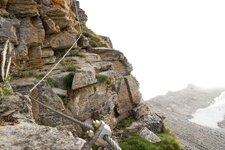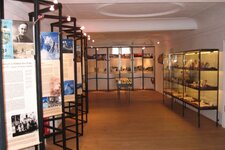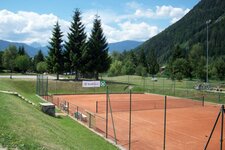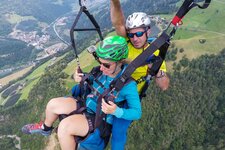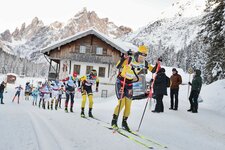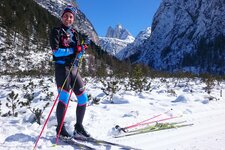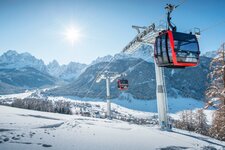Villabassa is the cradle of tourism in the Val Pusteria: Even in the 19th century, the village was a popular high-altitude health resort
On the way into the Upper Val Pusteria, between Valdaora and Dobbiaco, lies the small municipality of Villabassa, which consists only of the main village of the same name and the hamlet of Montecosta (Eggerberg) on the hillside. Here you are at the gateway to the 3 Zinnen Dolomites region, with the famous Valle di Braies west of the Rienza River, and the tranquil Valle di Casies on the other side of the Pusteria Valley.
The Monte Serla and Monte Lungo mountains, both well over 2,000 metres high, tower over the houses of the municipality. Villabassa is considered the cradle of tourism in the Upper Val Pusteria, with its origins dating back to 1871. That was when the Val Pusteria railway line opened, and the celebrated beauty of Lake Braies and the Prato Piazza became easily accessible.
For the high society of the Austro-Hungarian Monarchy in Vienna, a spa stay in the Upper Val Pusteria was just a day's journey away. Emma Hellenstainer, known as "Frau Emma" and a pioneer of European tourism, welcomed guests to her Hotel Emma.
The building was later renamed "Haus Wassermann" and today houses the Upper Val Pusteria Museum of Tourism, which tells this story. Due to its location, Villabassa was considered a high-altitude health resort, and health remains a key focus here today: the Kneipp-für-mich® outdoor spa adventure village is the first of its kind in Italy. Several chapels and churches are scattered throughout the municipal area, including the Chapel of St. Anna and the Mortuary Chapel, one of the oldest buildings in the Val Pusteria, and the Church of St. Magdalene in the Moor with its valuable Franz Köck organ. Above all, however, Villabassa is a place for active holidaymakers.
The list of opportunities to combine exercise with pleasure is long. Recommended activities include the hike to the Putz Hut beneath the Braies Dolomites and a trip along the relatively flat Val Pusteria Cycle Path. In winter, the Marathon cross-country ski trail amidst the fields, and the Bodenwiese-Kalkbrünndl toboggan run complete with a stop at a hut, are tempting options.
Notice: Due to the construction of the Riggertal loop and safety-related works, sections of the Val Pusteria Railway will be closed until January 2026. A rail replacement bus service will be in operation.
The… read more
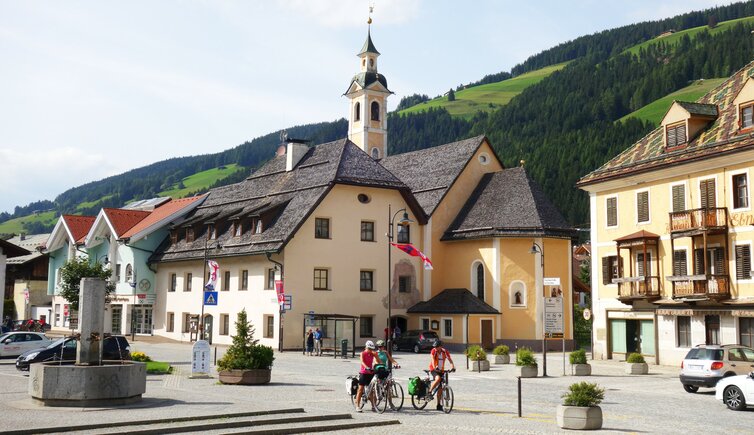

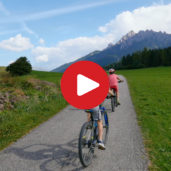
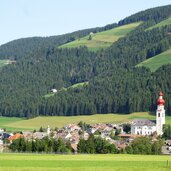
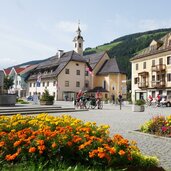
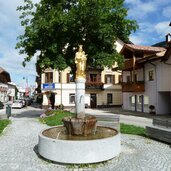
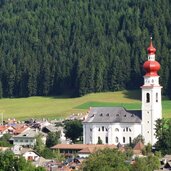
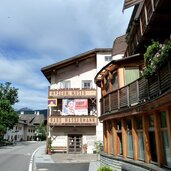
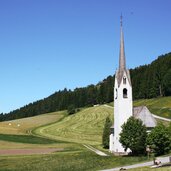
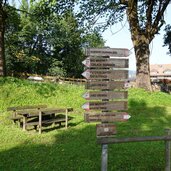
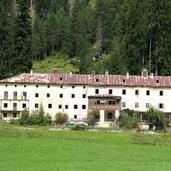
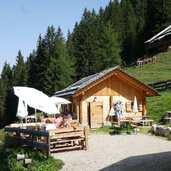
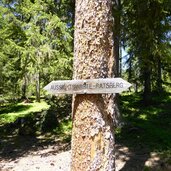
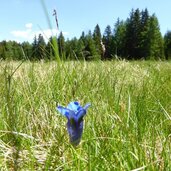
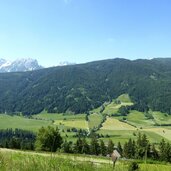
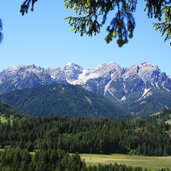
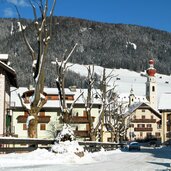
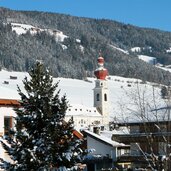
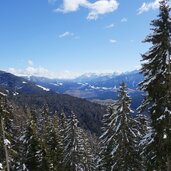
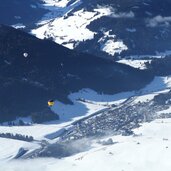
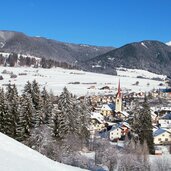
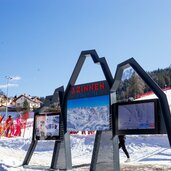
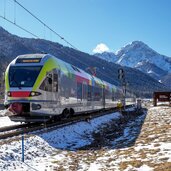











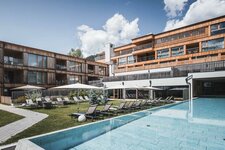
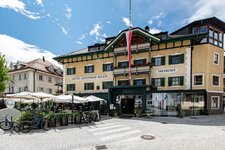
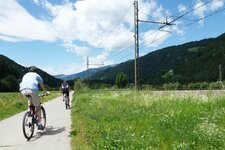
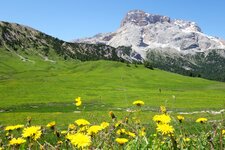
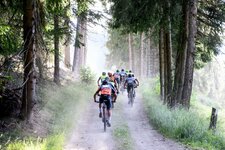
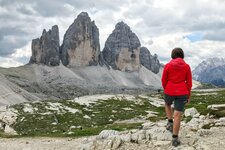
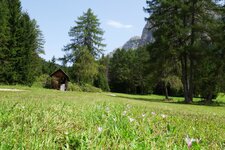
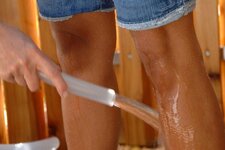
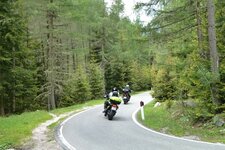

.JPG)
